Like other American cities in the late 19th century, Baltimore had grown so quickly its supply system was unable to provide city residents with a dependable supply of water. Two reservoirs built outside the city helped increase capacity, but heavy rainfalls in the largely agricultural area tended to foul this additional water supply. City officials elected to construct a holding reservoir within the city - contained by an earthen dam - where silty water would be allowed to settle. No such project had ever been undertaken in the United States.
MD
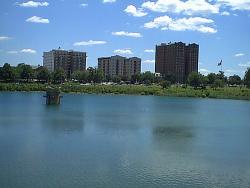
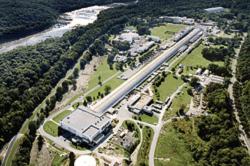
BBethesdaState: MDZip: 20817Country: USAWebsite: http://www.asme.org/about-asme/history/landmarks/topics-m-z/research-and-development/-197-david-taylor-model-basin-%281939%29Creator: Taylor, David
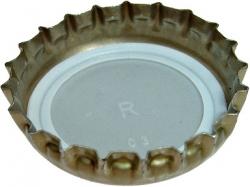
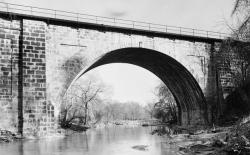
The Carrollton Viaduct over Gwynn's Falls was the first masonry railroad viaduct constructed in the United States. This structure proved the feasibility of using a viaduct to transport railway vehicles across wide and deep valleys.
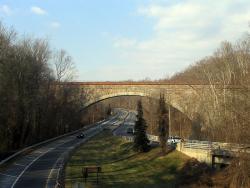
Cabin John Aqueduct, designed by Montgomery C. Meigs, conveys drinking water from Great Falls, Maryland to Washington, D.C. It was the longest stone masonry arch in the world for nearly 40 years. The segmental arch of the bridge has a span of 220 feet and a rise of only 57 feet. The main arch ring is built of cut and dressed granite. The secondary arch ring is radially-laid sandstone, of which the rest of the bridge is also constructed.
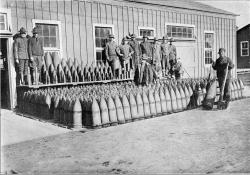
During the 1930's, research into advanced ballistic measurement techniques began at Aberdeen Proving Ground—the world's first large-scale, fully-instrumented ballistic range producing data on the aerodynamic characteristics of missiles in free flight.
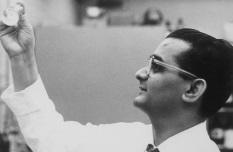
Monroe Wall, Mansukh Wani and colleagues at the Natural Products Laboratory of the Research Triangle Institute discovered and elucidated the structure Taxol®and camptothecin, two life-saving compounds for the treatment of cancer. These natural products kill cancer cells via unique mechanisms of action and in ways scientists had not previously imagined. The work of this research team led to the eventual development and marketing of drugs that have been approved for treatment of ovarian, breast, lung, and colon cancer and Kaposi’s sarcoma.


